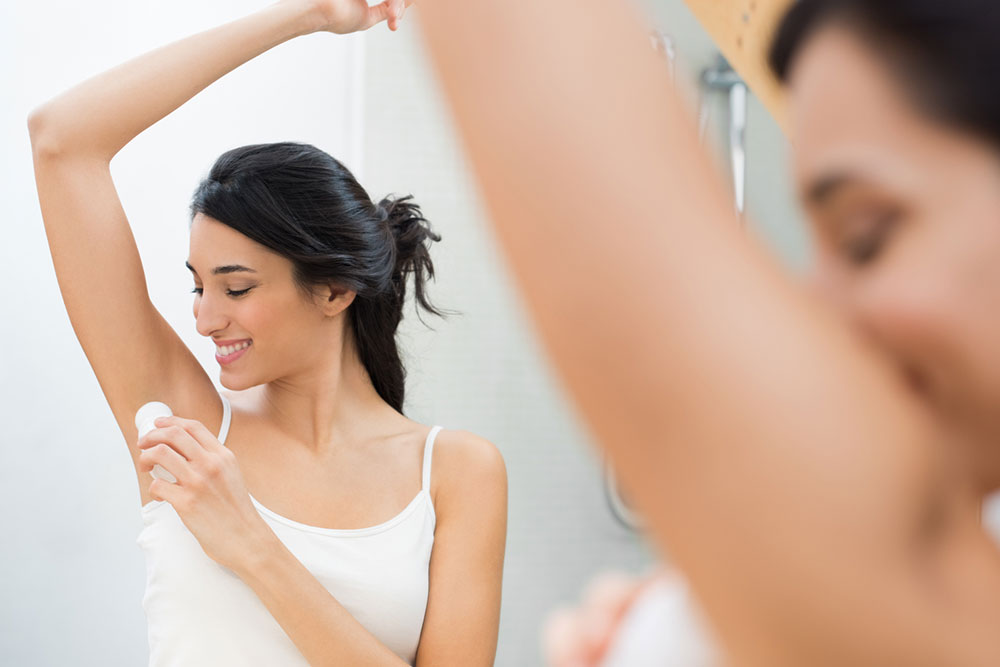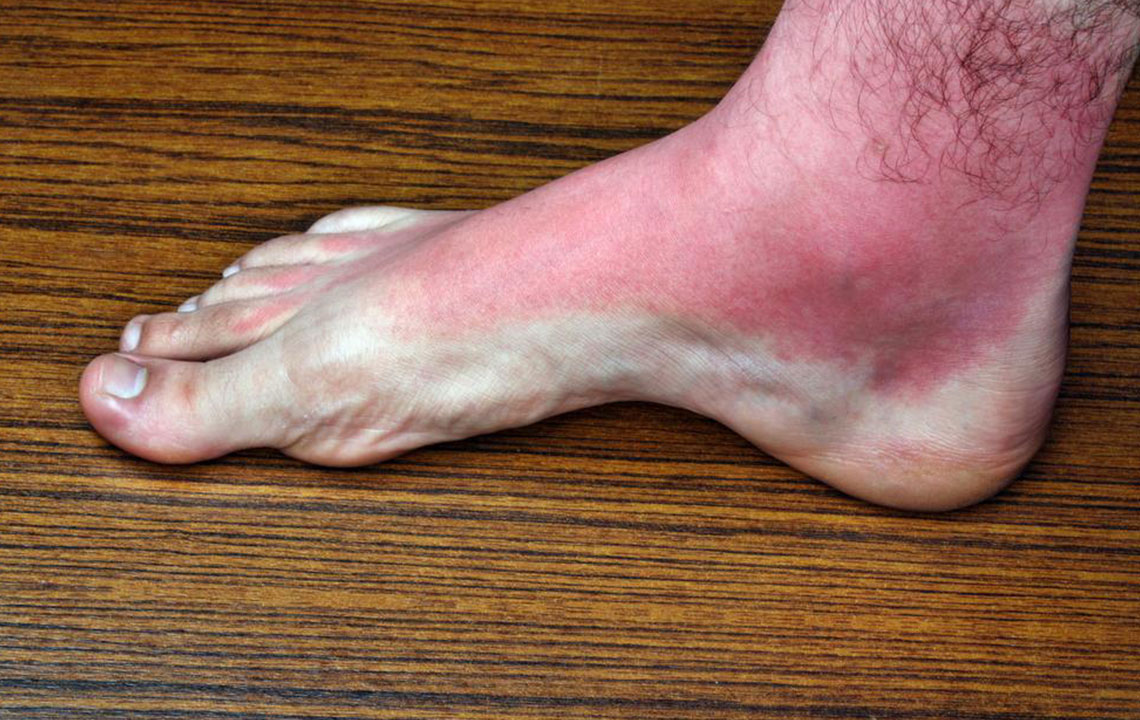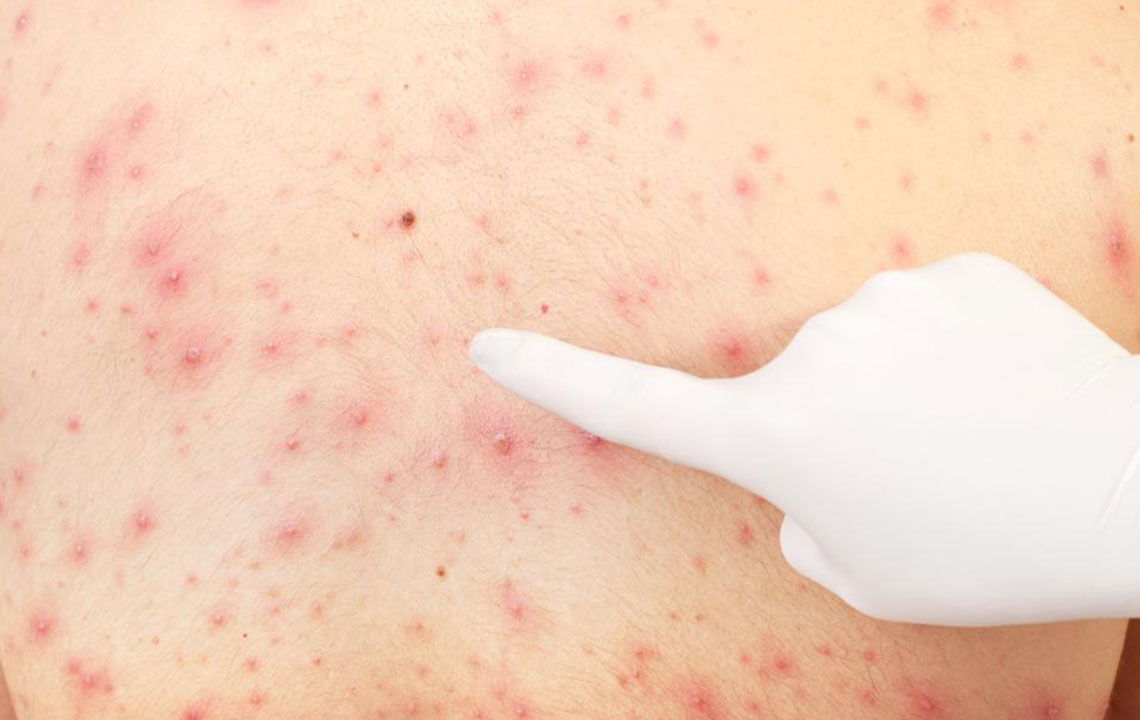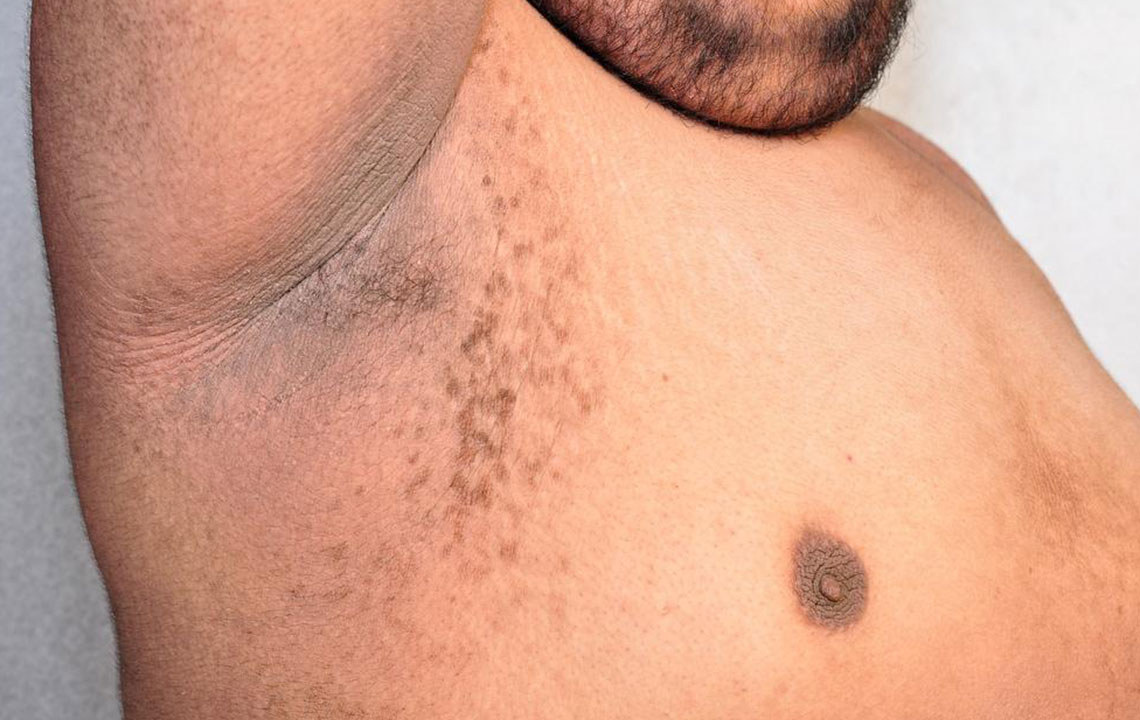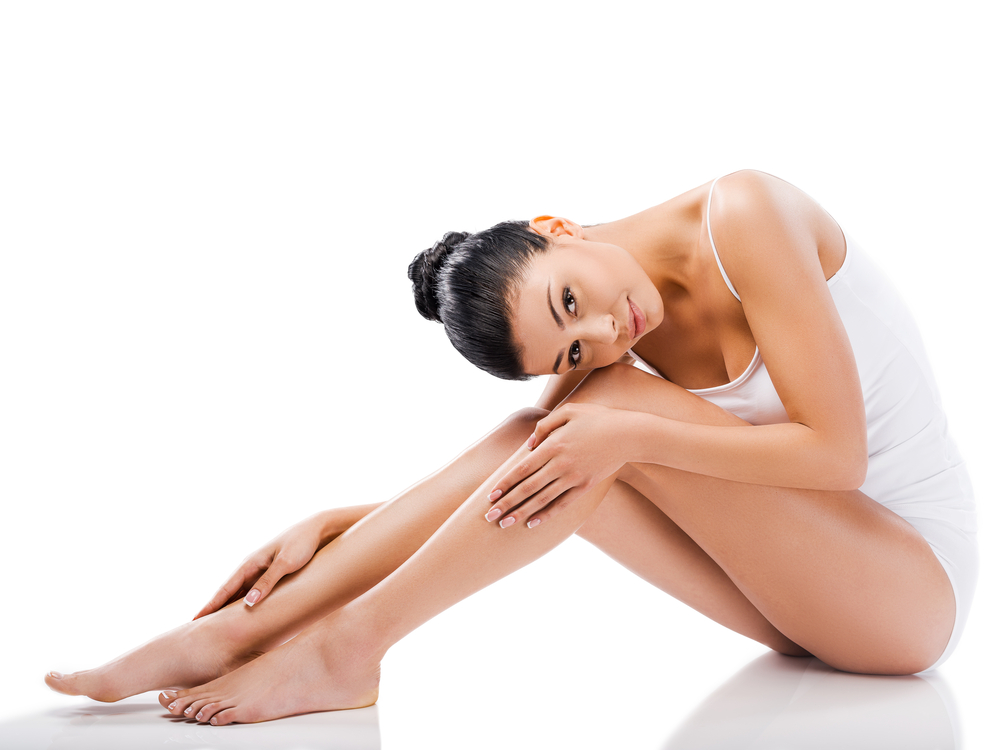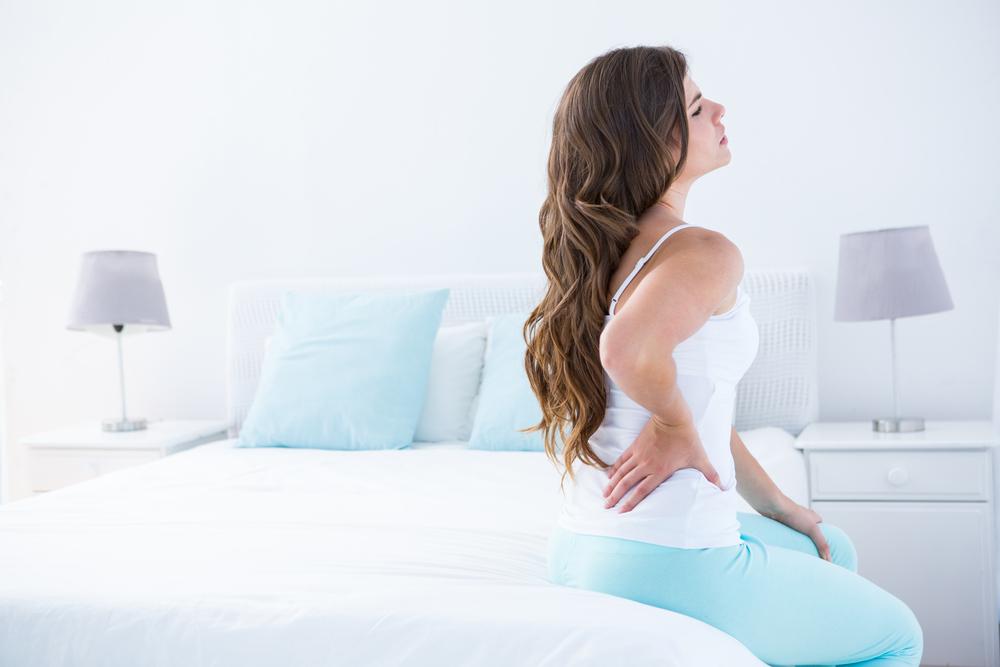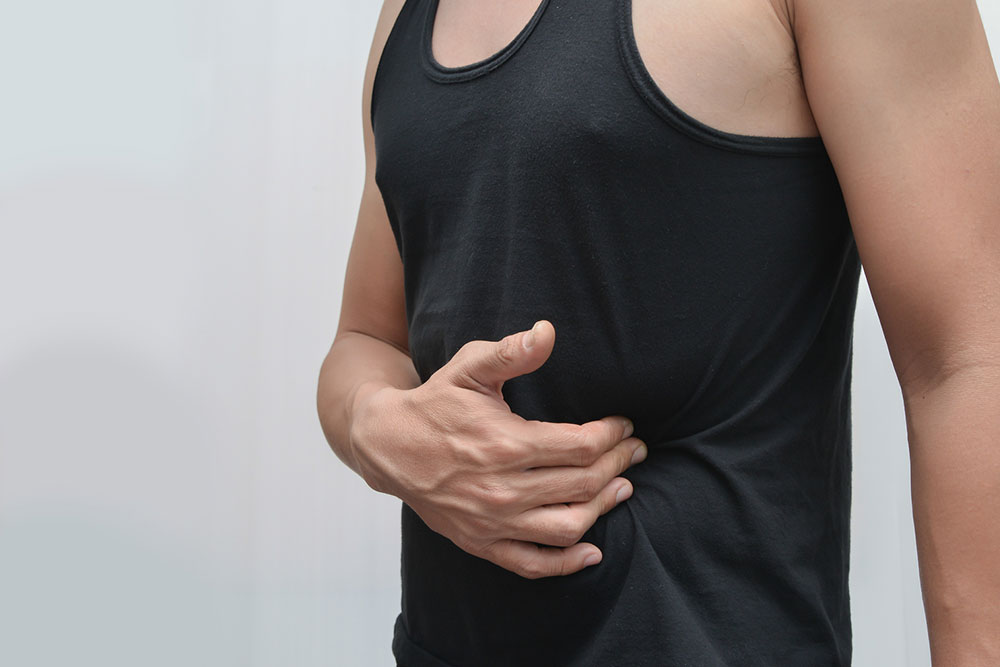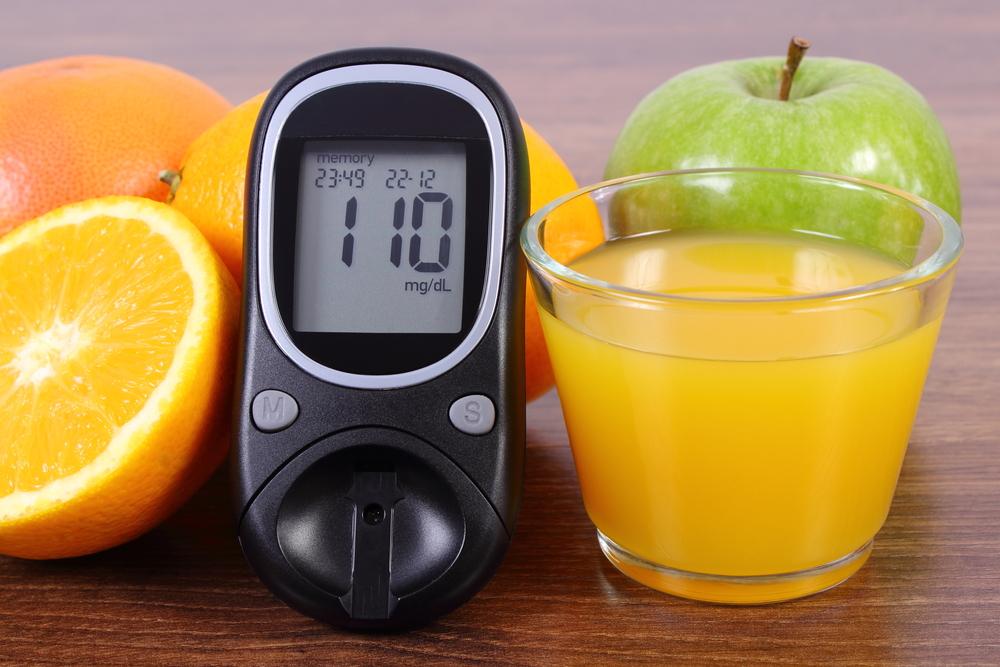Understanding Heat Rash: Causes, Symptoms, and Effective Remedies
Discover comprehensive insights on heat rash including its causes, symptoms, and effective treatment options. Learn home remedies, preventive measures, and when to seek medical help to manage prickly heat. Proper care can ease discomfort and prevent recurrence during hot summer months.
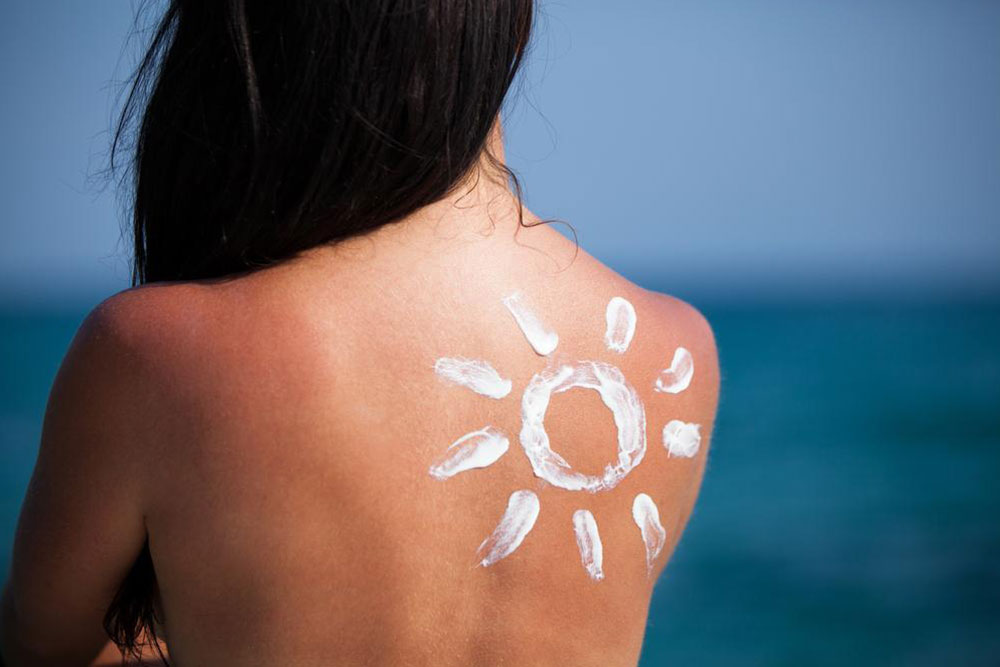
Understanding Heat Rash: Causes, Symptoms, and Effective Remedies
Summer brings joy for many, but it also increases the risk of developing heat rash, also known as prickly heat. These red, itchy skin spots often cause discomfort if not addressed properly. Heat rash frequently occurs in humid, tropical conditions and can affect people of all ages, including infants and adults. Prompt treatment and preventive actions can effectively manage the condition.
Mild heat rashes typically resolve on their own with proper hygiene and limited sun exposure. Common areas affected include the face, neck, chest, back, groin, under the breasts, and shoulders.
Heat rashes develop when sweat ducts become blocked, preventing sweat from reaching the skin's surface, leading to inflammation. Factors contributing to heat rash include:
Prolonged sun exposure
Poor hygiene habits
Use of heavy creams or lotions
Tight clothing that restricts airflow
Signs of heat rash
Known as miliaria rubra, heat rash appears as tiny red bumps accompanied by a prickling or burning sensation, similar to a sunburn. These small blisters often resemble beads of sweat or bubbles.
Heat rash can spread to different parts of the body but is not contagious. Types include: Clear (miliaria crystallina), which usually subsides spontaneously; Red (miliaria rubra), characterized by small red bumps on the surface; and Deep (miliaria profunda), affecting deeper skin layers due to recurrent episodes.
Diagnosis involves physical examination and symptom review.
How to treat heat rash
Mild cases often improve with home remedies and over-the-counter products such as lotions and powders. In infected cases, antibiotics might be necessary. Avoiding heat, keeping skin cool, and maintaining hygiene are key preventive steps.
Remedies include:
Gentle washing with mild soap and thorough drying
Staying in cool environments with regular showers
Using soft cotton cloths to reduce skin friction
Applying cold packs to soothe irritation
Mild cortisone creams for persistent rashes
Antihistamines for intense itching
Home remedies for relief
Cooling compress: Wrap ice cubes in a cloth and apply to affected areas for relief.
Oatmeal bath: Add powdered oats to bathwater and soak for 30 minutes to reduce inflammation. Repeat twice daily.
Sandalwood paste: Apply sandalwood powder mixed with water for cooling and itch relief.
Fuller’s earth: Mix with rose water to make a paste; apply and rinse after drying to lessen inflammation.
Baking soda: Dissolve a teaspoon in water, soak a cloth, and place on the rash for 10 minutes. Repeat 4–5 times weekly.
To prevent heat rash, avoid excessive sun exposure, wear breathable clothing, stay hydrated, and keep skin clean during hot weather.

